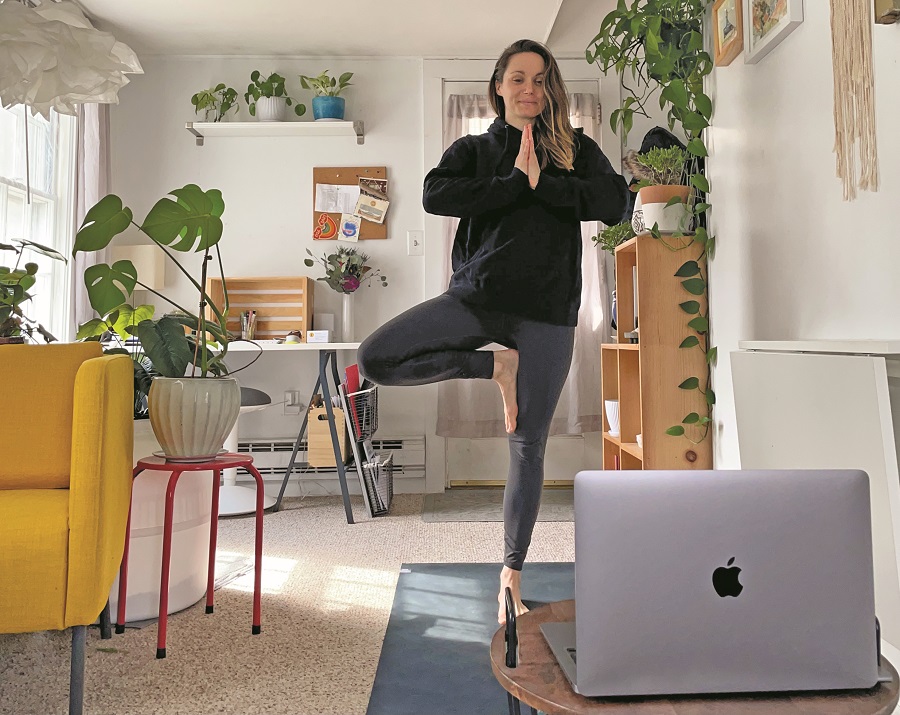Spring is on the way. Covid is on the way out. And many people I know are in the grip of a tense kind of anticipation that is equal parts “please let me get back to normal” and “please let me be better than I was before.”
Some of us developed an idealized picture of growth during these lockdown times. We would be the beginner-turned-advanced yogi, the bread-baker, the fledgling-artist-turned-expert, the DIY-er turned entrepreneur. The goal: to somehow prove we have used this time wisely.
In my imagined “after,” I would hit my stride with a meditation practice, emerging from that hour each day the picture of calm. I’d be fit, too. And doing watercolors and growing all of my food. Instead, I killed the vegetables in my garden, bought my first TV, and ate my weight in popcorn. I drank so much wine last April that I ended up swearing off the sauce for a bit.
Back then, I wrote about why it was okay to not be doing anything major. But now it is time to consider how to emerge from this Covid chrysalis.

The first steps may be simply to get out of our own way. We get so caught up in what our new activities should look like that we simply don’t start.
We don’t roll out the mat. We don’t take the class. We don’t pick up the sneakers, the paint brush, the hammer. We are so afraid of being mediocre, of being in the learning process, that we give up before we begin. We know what the after looks like but not the during.
I know what this is like for yoga students who want to start a home practice. They imagine it will be just like a class they took in a studio. I asked a few regular students what stops them from practicing at home.
“My phone. With no one watching, it’s easy to stop and respond to a text, and then just … stop.”
“I get a feeling that I don’t know what I’m doing.”
“My to-do list gets in the way.”
Maybe it would help if they knew most teachers’ home practices look very different from what we see in yoga studios. What we don’t see, especially, are the moments of preparation, the clearing of a space, the discipline, the pause.
To practice at home, you don’t need a Zen den, but a space free of distractions is important. I cannot set my mat up facing my couch because I will always end up vacuuming. If you have an unused corner of space where you can keep your mat waiting, claim it.
Turn off the phone. Unless you are an on-call doctor, you don’t need your cell phone during a yoga practice. You may need to watch a video or be online for coaching. But be phone free and stick to it.
What to do with the actual physical part? If you’ve been to yoga classes in the past, chances are you already know what feels good, what feels challenging, and how to get there. If you are brand new to yoga, are injured, or have a chronic physical condition, start by working with an intelligent and reputable teacher who can watch you and offer suggestions. Most teachers are online now, teaching live classes and personalized private lessons as well.
Just a little bit of movement. A dedication to practice. A decision to pay attention to yourself. Start with 15 minutes. Forget about what it should look like and focus on how it feels. When it comes to sustainable behavior change, good is far better than perfect. Be willing to start over and over again. That’s all you need to begin. There is no after.



